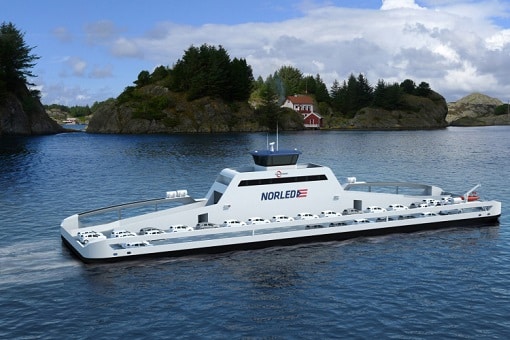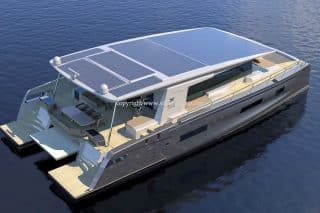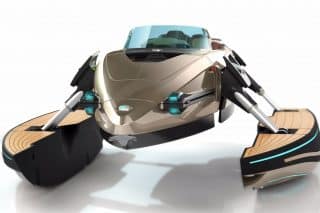The international maritime industry is increasingly looking to hybrid power. Batteries are a proven, commercially viable technology that offers significant environmental benefits. But they have a limited lifespan.
The norm for all batteries is that they be fully recycled at the end of their life. That is a costly and time-consuming exercise. There are no serviceable components inside them, which means the entire unit is recycled at the expense of the customer or manufacturer.
Canada-based Plan B Energy Storage (PBES) has a new approach, the Cell Swap initiative. This is a retrofit process involving re-coring a battery aboard a vessel, even at sea. A first in the marine market, it represents genuinely revolutionary thinking about battery design because it makes them serviceable.
Speaking to NauticExpo e-mag, vice president of brand and marketing Grant Brown explained: “That means the costs of all the other components, including the racking, cable lay, and structure of the battery, are saved when the core is replaced. A further benefit is negation of the need for costly electronic waste recycling.”
Battery Propulsion—the New Oil
“The battery market is enjoying a rapid evolution. An increasing portion of the marine industry views battery propulsion as ‘the new oil’. Our battery systems power hybrid and full electric ferries, plus offshore supply vessels, large hybrid yachts and port equipment,” Brown said.
“When the market was in its infancy, many shipowners and operators viewed batteries as a commodity product. PBES experts focused on changing this perception and redefining batteries as smart technology, both environmentally and economically,” he added.
This re-education process has been largely successful, Brown noted. But challenges remain, including pressure from shipowners and operators to reduce battery system costs.
“The issue is more acute because of downward price pressure from the automobile industry. Supply chain management has been based on large-volume cost reductions, an average vehicle lifespan of only eight years and a consumer-oriented price structure. In response, many providers are lowering their quality standards to meet unrealistic goals,” he explained.
Battery Lifespan Increases
“If the true value of batteries is to be realized, systems need to be considered as part of a holistic lifecycle approach—a smart system. Decision-making should take into consideration more than price per kWh.”
According to Brown, key elements should include lifespan increase due to correct temperature management, and understanding the advantages of batteries using lithium ion cells, “which have better quality and performance.”
“In addition, installing a battery capable of the deepest discharge is essential in extending the lifespan while freeing up vessel capacity. For example, PBES can achieve an 80% depth of discharge with 15,000 cycles. That means its batteries can be substantially smaller than other solutions, yet achieve the same lifespan.”
See our recent article on the Seaspan Swift and Seaspan Reliant.





